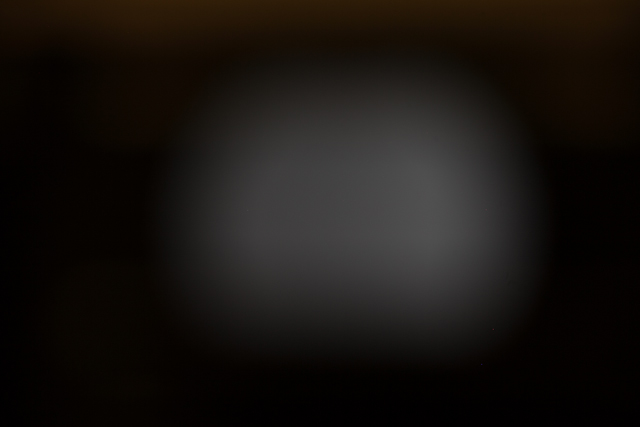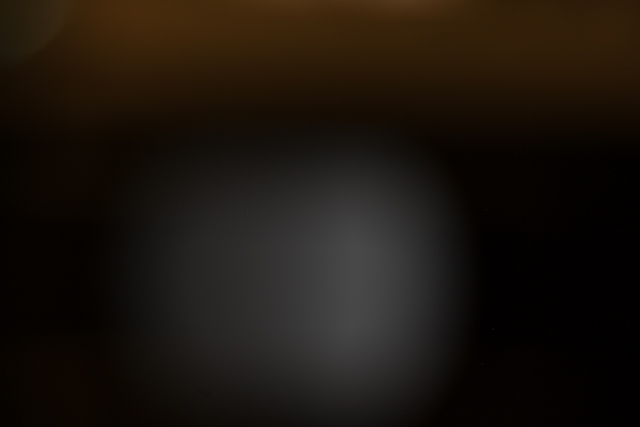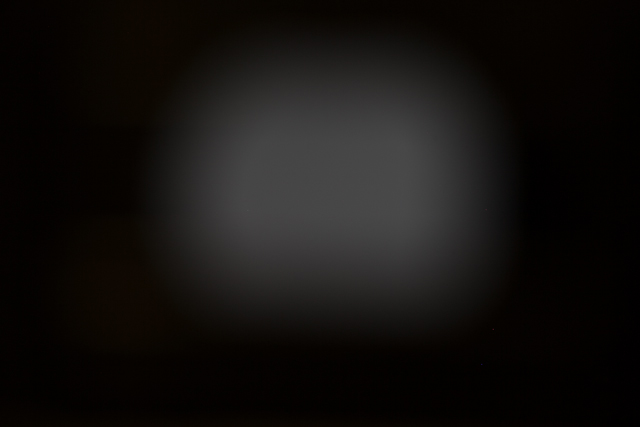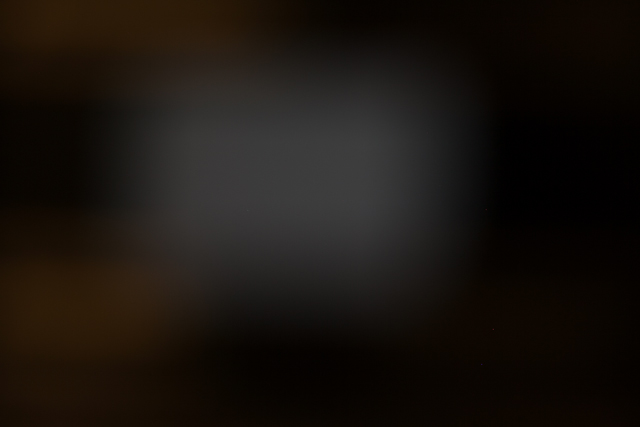Barry Kirsten
Established
I built a sound card shutter tester a few years ago for my LF lenses. It works very well. I'm now hoping to get a Barnack Leica shortly, but can't see that the tester would work with one since there is no easy access to the camera's shutter. The only work around would be to replace the photodiode with one similar to that used in the Leica CLE, which might be thin enough to slip down inside the camera back. A bit messy, I reckon.
Last edited:





